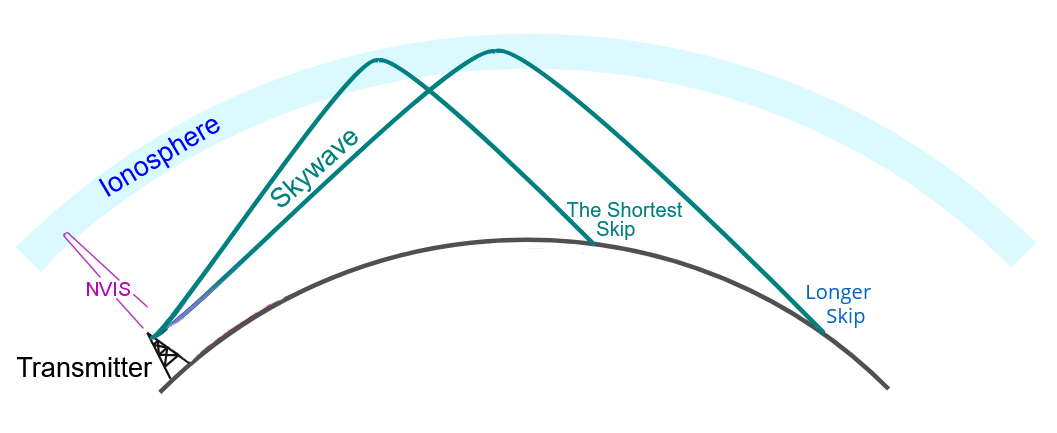
 HF Propagation for Newbies
HF Propagation for Newbies
If you're new to the world of amateur radio, understanding HF (High Frequency) propagation can seem like a daunting task. However, with a bit of patience and curiosity, you'll find that it opens up a fascinating avenue for connecting with others across the globe.
HF propagation refers to how radio waves travel from one place to another. Unlike VHF or UHF signals, which travel line-of-sight, HF signals can bounce off the ionosphere and cover much greater distances. This phenomenon is known as "skywave" propagation.
To get started, it's essential to understand the basic factors affecting HF propagation:
- Solar Activity: The sun plays a significant role in HF propagation. Sunspots and solar flares can enhance or degrade signal quality.
- Time of Day: HF propagation varies between day and night. Low HF bands (160- 40 m) work better at night, while high bands (30 - 10 m) perform better during the day.
- Seasons: Propagation conditions can change with seasons. For instance, the 10-meter band is typically better in the summer.
For newcomers, using tools like online propagation forecasts, listening to band activity, and experimenting with different frequencies can help you understand how HF propagation works in real-time. Remember, patience and practice are key.
Read more about propagation conditions and short-term forecasts.
HF propagation for hams explained
Beginners guide to radio propagation
Radio propagation for hams explained
Explain radio propagation for beginners
HF propagation non commercial website
Introduction to Radio Communications Principles
Understanding radio waves and their frequencies
A complete beginners' guide to radio propagation
The Fascinating World of HF Skywave Propagation
A guide for beginners on radio frequency propagation
